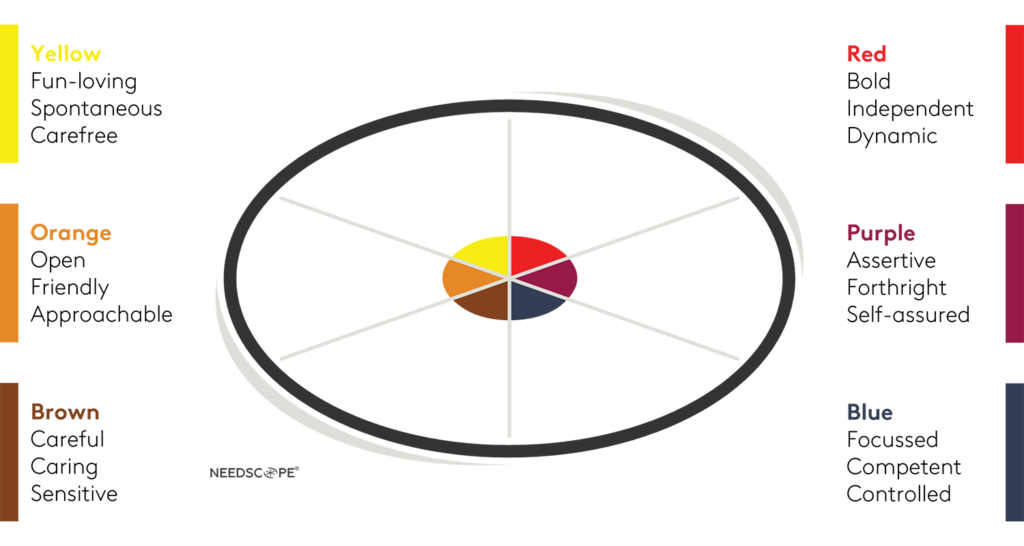
A clear and impactful audio identity isn’t a “nice to have” in the modern marketing mix; it’s a “need-to-have” for campaign success. Consider some of the most successful audio-centric marketing and how synonymous it is with a brand. Memorable examples include McDonald’s “I’m Lovin’ It,” jingle, the iconic sound that plays upon opening the Netflix app, or Liberty Mutual’s simple repetition of its brand name in its commercials.
In podcasts, streaming audio, and radio, brands have an opportunity to craft an audio identity that sets them apart from the crowd. A brand’s sonic identity encompasses all the audio elements of an ad, including jingles, sound effects, voiceovers, and background music. The right sounds and messaging can catch on and become a foundational part of your brand’s core identity, not just a piece of content.
Creative is a central performance driver in audio, just as it is in any ad medium. Creative drives half of all sales, so homing in on the right audio elements and keeping those consistent across all inventory holds the potential to transform not just campaigns—but your company’s bottom line, too. Let’s talk through how to create a consistent and impactful audio identity that amplifies other media while enhancing memorability.
Know your audience
Chances are you already know who you’re talking to, but audio offers the opportunity to get more specific. What music tastes and measurable components such as tempo, rhythm, and melody are likely to resonate with your target demographics? Use these details alongside other information and consumer and brand values to guide both the messaging and all aural aspects of your ads.
Embrace emotion
Desired emotional positioning can provide guideposts as your brand crafts its audio identity. Identifying the emotions you want to trigger in your audience can inform the creation of every brand asset, audio or otherwise. Audio tends to evoke a stronger emotional response in audiences, with podcasts generating 44% more mental availability than other digital channels. This enhances memorability and represents a key piece of your audio identity. One approach to defining the emotion you want to inspire is Kantar’s NeedScope, a brand positioning framework based on universal emotions and validated by psychology. This can offer direction for audio elements such as voice actors, music, sound effects, and messaging.

Differentiate your sound
Many brands struggle to differentiate their sonic identity from others, according to Veritonic research. As such, it can be useful to research how your competitors are using audio and identify opportunities to stand out from others in your industry. It can also be useful to partner with experienced producers and creative agencies well-versed in audio advertising to develop audio logos, songs, and other functional sounds that align with your brand values and emotional targets while capturing attention.
Stay true to your larger brand identity
Of course, this is about more than just the creative elements of your audio footprint; it’s also about making those work seamlessly with your other marketing materials and across all audio assets. This means creating consistency. Creating focus is necessary to succeed, especially when brands have so many teams touching different aspects of their public-facing materials, from social presence and product design to audio and PR,.
A predictable and reliable experience, no matter where or how a customer interacts with your brand, increases your marketing share, builds trust, boosts brand recognition, and increases profitability by more than 20%. Here’s how to do it.
Set audio brand guidelines
Establish guidelines that serve as a handbook for all your brand-related projects. Document the visual and text-based elements of your brand such as color palettes, typography, language, and style. Take the time to also define the quality of audio you’re after—tempo, music, and preferred voices—and your desired emotional response.
Audit content
Performing content audits ensures that everything you publish aligns with the guidelines established. Doing this will help marketing teams understand the current level of brand consistency and where it can be improved. Fix or phase out elements as necessary.
Educate and communicate
Sharing your guidelines across departments is important to achieve long-term results. Educate your employees about brand values and how to execute them in their work. Simultaneously, make sure that your guidelines are accessible and communicate updates as the brand evolves.
Make a lasting sonic impression
Brand consistency in audio and beyond is a team effort. The bigger the company and the more channels you publish on, the more opportunities for inconsistencies creep in. That’s why it’s important to engage the whole team and partner with agencies willing to work with marketing teams to create consistency and impact across your media mix.
At ARM, we consider ourselves an extension of your team and provide high-touch customer service to ensure you hit your marks and create holistic marketing success. Let’s talk about how to reach your goals in audio and beyond.


